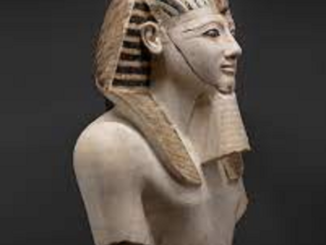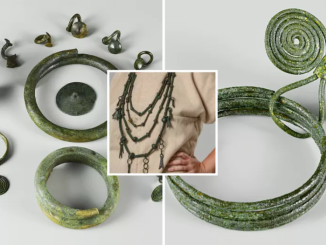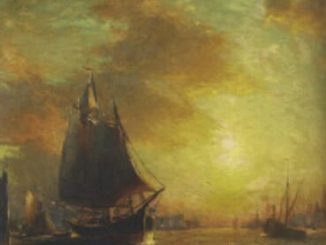In the heart of the Egyptian Museum in Cairo lies a treasure that whispers tales of a bygone era, invoking the splendor and grandeur of ancient Egypt. The Statue of Queen Iset, mother of Thutmose III, stands as a testament to the enduring legacy of the New Kingdom, a period of unparalleled cultural richness and political prowess. Discovered within the depths of the Karnak Cachette, this remarkable artifact provides a window into the life and times of one of Egypt’s most influential queens. Join me as we embark on a journey through time, exploring the significance of this iconic statue and the insights it offers into the reign of Queen Iset.

The New Kingdom, often referred to as the “Golden Age” of ancient Egypt, witnessed the zenith of its power and prosperity. It was during this illustrious period that Queen Iset rose to prominence as the revered mother of Thutmose III, one of Egypt’s most celebrated pharaohs. The statue, dating back to approximately 1479-1425 BC, captures the regal elegance of Queen Iset, portraying her with an aura of authority and grace.
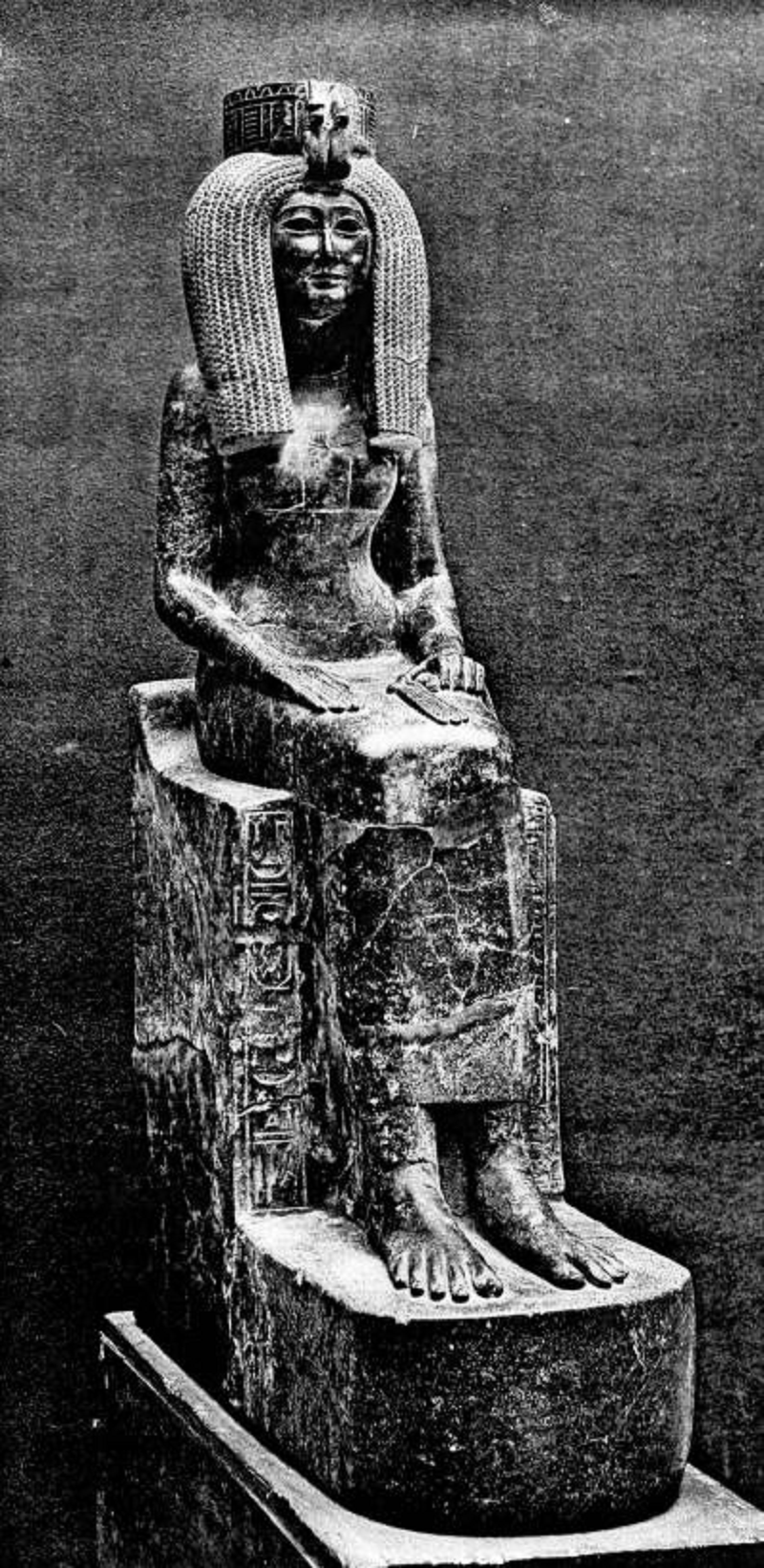
Crafted from fine limestone, the statue stands at an impressive height, commanding attention with its intricate details and lifelike features. Queen Iset is depicted in a traditional pose, her arms crossed over her chest in a gesture of dignity and solemnity. Adorned with royal regalia, including the iconic vulture headdress symbolizing protection, she exudes an air of majesty befitting her status as a queen mother.

The significance of the Statue of Queen Iset extends beyond its artistic mastery; it serves as a tangible link to the religious and political landscape of ancient Egypt. As the mother of Thutmose III, Queen Iset held a position of considerable influence within the royal court. Her role extended beyond that of a mere consort; she played an active part in shaping the destiny of the kingdom, offering counsel to her son and participating in the religious rituals that upheld the divine order.
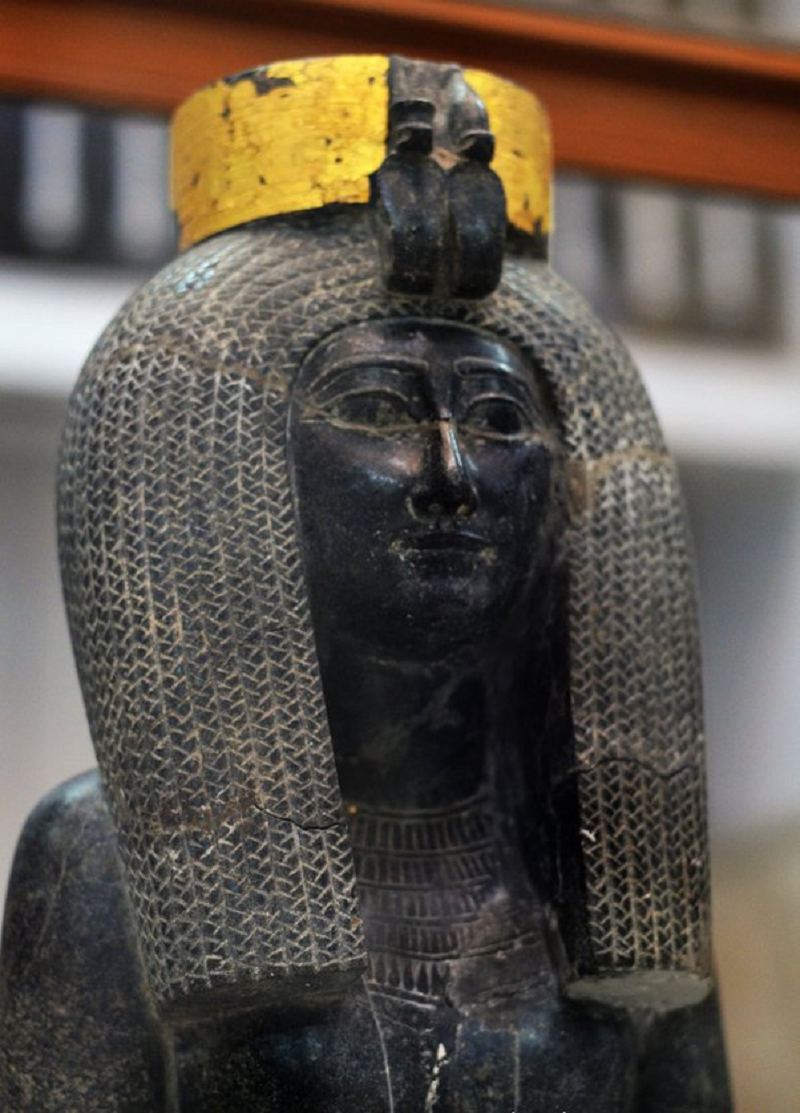
The Karnak Cachette, where the statue was discovered, is a testament to the reverence with which Queen Iset was held even after her passing. Buried alongside other sacred artifacts, the statue was intended to ensure her eternal presence in the afterlife, where she would continue to exert her influence as a guardian and protector of Egypt.
Beyond its historical significance, the Statue of Queen Iset offers valuable insights into the artistic techniques and cultural norms of ancient Egypt. The meticulous craftsmanship evident in every detail speaks to the skill and expertise of the artisans who sculpted it. From the delicate carving of the facial features to the intricate patterns adorning her garments, each element reflects the dedication to perfection that characterized Egyptian artistry.
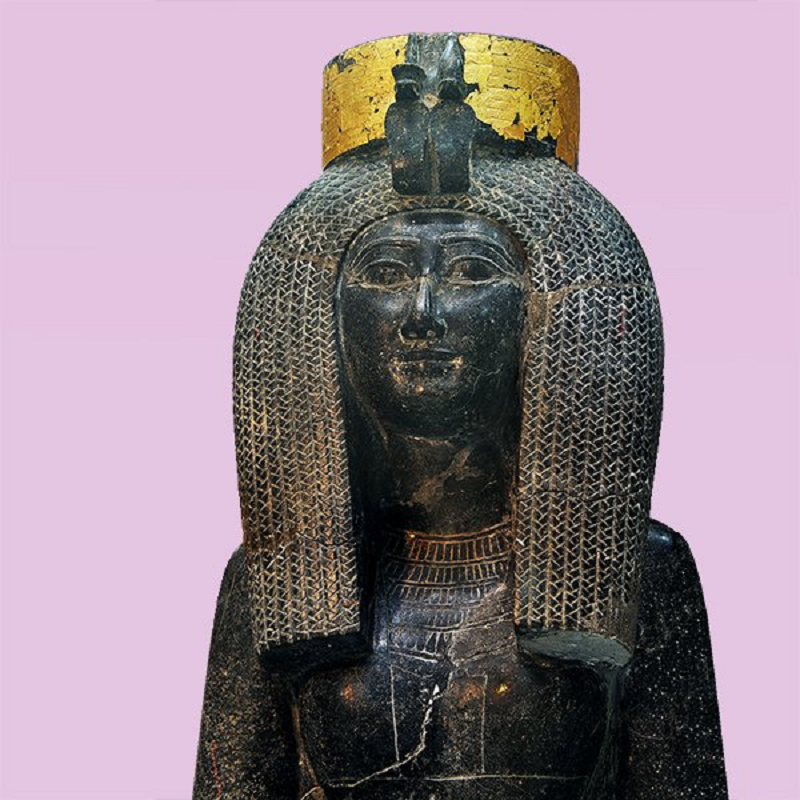
Conclusion
In the annals of history, Queen Iset stands as a towering figure, revered for her wisdom, strength, and unwavering devotion to her kingdom. The Statue of Queen Iset serves as a poignant reminder of her enduring legacy, immortalizing her memory for generations to come. As we marvel at this remarkable artifact, let us not only admire its beauty but also reflect on the profound impact that Queen Iset and her contemporaries had on shaping the course of ancient Egyptian civilization. Through artifacts such as this statue, we are granted a glimpse into a world long past, where queens ruled with grace and power, leaving an indelible mark on the sands of time.
